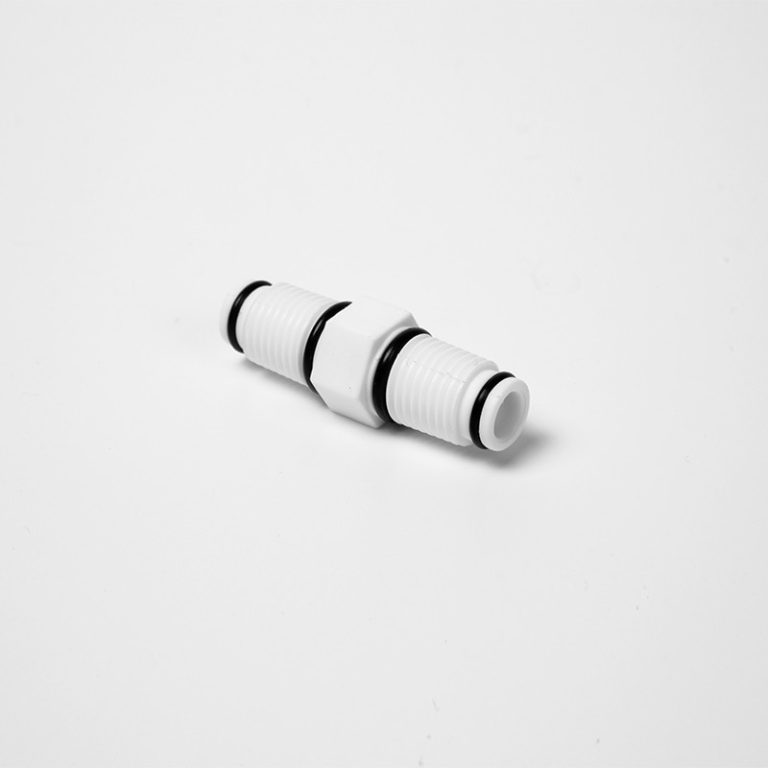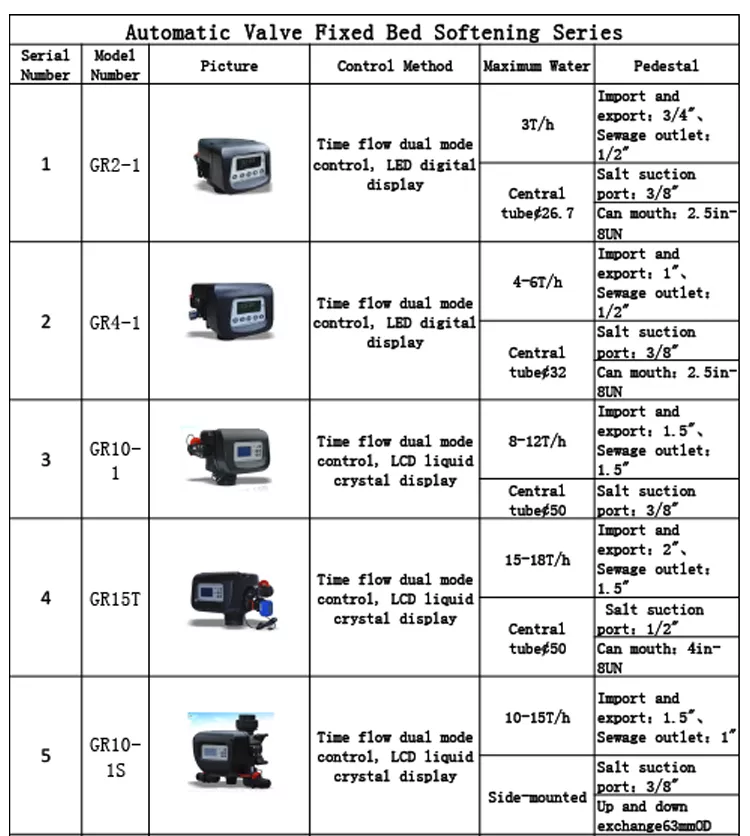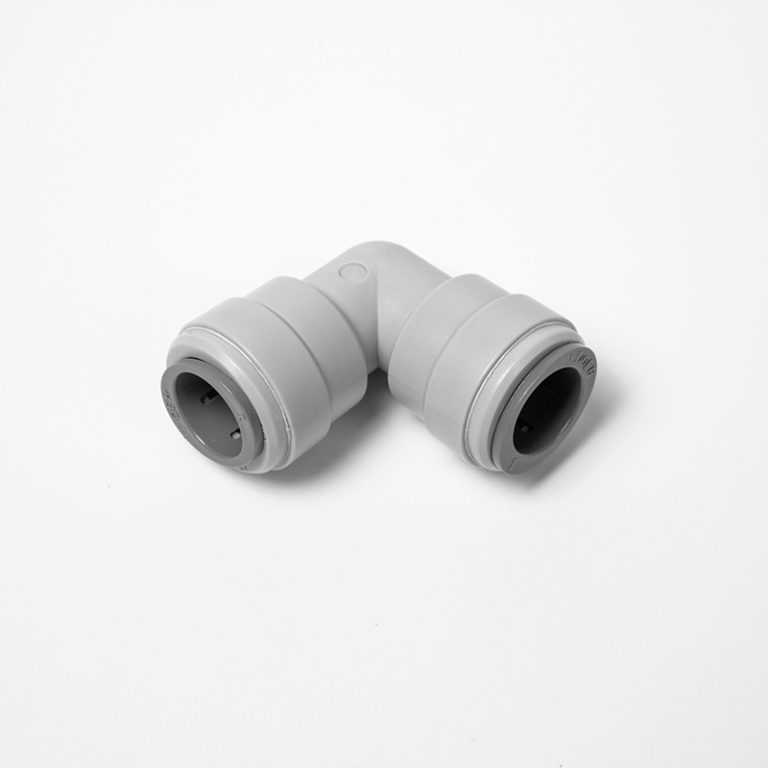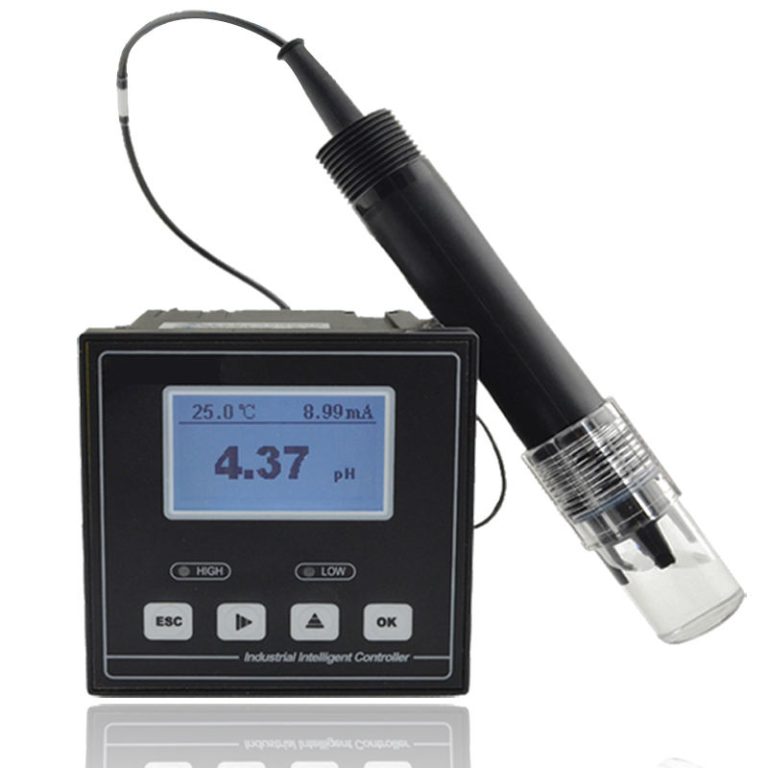“Accurate resistance measurement: Mind the polarity with an ohmmeter.”
The Importance of Polarity when Measuring Resistance with an Ohmmeter
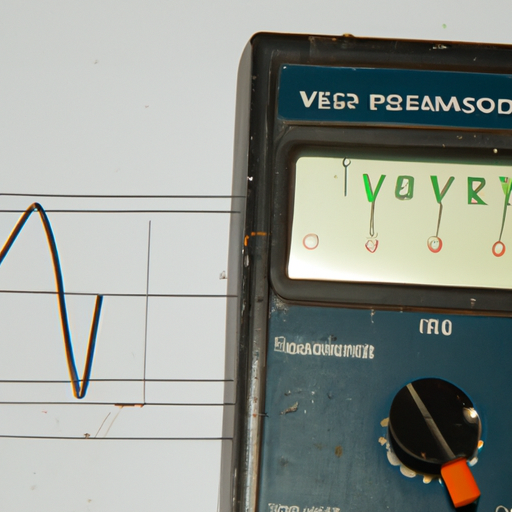
When it comes to measuring resistance with an ohmmeter, one important factor that often gets overlooked is the polarity. Polarity refers to the direction of the current flow in a circuit, and it plays a crucial role in accurately measuring resistance.
To understand why polarity is important, let’s first take a look at how an ohmmeter works. An ohmmeter is a device used to measure the resistance of a component or a circuit. It does this by passing a small known current through the component and measuring the voltage drop across it. The resistance is then calculated using Ohm’s law, which states that resistance is equal to voltage divided by current.
| ROS-2210 Double-Stage Reverse Osmosis Program Controller | |
| 1.water source water tank without water protection | |
| 2. Pure tank low level | |
| 3.Pure tank high level | |
| Acquisition signal | 4.low pressure protection |
| 5.high pressure protection | |
| 6.pretreatment regeneration | |
| 7.manual/automatic control | |
| 1.water inlet valve | |
| 2. flush valve | |
| Output control | 3. low pressure pump |
| 4.high pressure pump | |
| 5.conductivity over standard valve | |
| Measuring range | 0~2000uS |
| Temperature range | Based on 25℃, automatic temperature compensation |
| AC220v±10% 50/60Hz | |
| Power supply | AC110v±10% 50/60Hz |
| DC24v±10% | |
| Medium temperature | The normal temperature electrode<60℃ |
| High temperature electrode<120℃ | |
| Control output | 5A/250V AC |
| Relative humidity | ≤85% |
| Ambient temperature | 0~50℃ |
| Hole Size | 92*92mm(high*wide) |
| Installation method | The embedded |
| Cell constant | 1.0cm-¹*2 |
| Display usage | Digital display: conductivity value/temperature value; Supporting RO process flow chart |
| 1.Electrode constant and type setting | |
| 2.Conductivity overrun setting | |
| 3.Flush Settings at intervals of * hours | |
| Main function | 4.Flushing time setting |
| 5.RO membrane running time setting | |
| 6.Power on automatic operation/stop setting | |
| 7.Mailing address, baud rate setting | |
| 8.Optional RS-485 communication interface | |
Now, imagine you are measuring the resistance of a resistor using an ohmmeter. The resistor has two terminals, and it doesn’t matter which terminal you connect the positive and negative leads of the ohmmeter to. However, when it comes to other components like diodes or transistors, polarity becomes crucial.
A diode is a two-terminal device that allows current to flow in only one direction. If you were to measure the resistance of a diode without considering polarity, you would get a misleading reading. This is because the resistance of a diode is not constant and depends on the direction of the current flow. By observing the polarity and connecting the positive lead of the ohmmeter to the anode (positive terminal) and the negative lead to the cathode (negative terminal) of the diode, you can accurately measure its resistance.
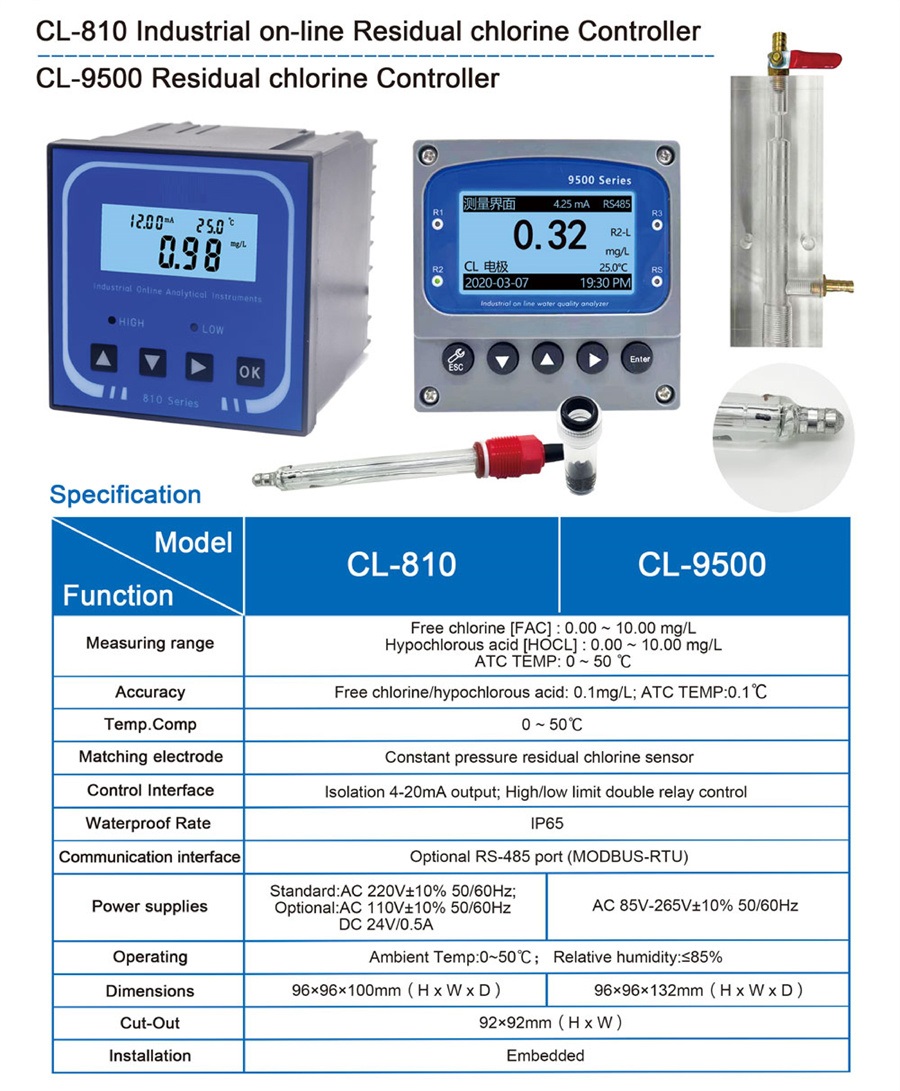
Similarly, transistors are three-terminal devices that amplify or switch electronic signals and also require attention to polarity when measuring resistance. A transistor has a base, collector, and emitter terminal. The resistance between these terminals can vary depending on the direction of the current flow. By connecting the positive lead of the ohmmeter to the base terminal and the negative lead to either the collector or emitter terminal, you can measure the resistance accurately.
In addition to diodes and transistors, there are other components like capacitors and inductors that also exhibit polarity-dependent resistance. Capacitors store electrical energy and have two terminals, one positive and one negative. The resistance of a capacitor can vary depending on the direction of the current flow. By connecting the positive lead of the ohmmeter to the positive terminal and the negative lead to the negative terminal, you can measure the resistance accurately.
Inductors, on the other hand, store energy in a magnetic field and also have two terminals. The resistance of an inductor can vary depending on the direction of the current flow. By connecting the positive lead of the ohmmeter to one terminal and the negative lead to the other terminal, you can measure the resistance accurately.
In conclusion, when measuring resistance with an ohmmeter, it is crucial to observe polarity, especially when dealing with components like diodes, transistors, capacitors, and inductors. By connecting the positive and negative leads of the ohmmeter correctly, you can ensure accurate resistance measurements. Neglecting polarity can lead to misleading readings and inaccurate calculations. So, always remember to pay attention to polarity when using an ohmmeter to measure resistance.

